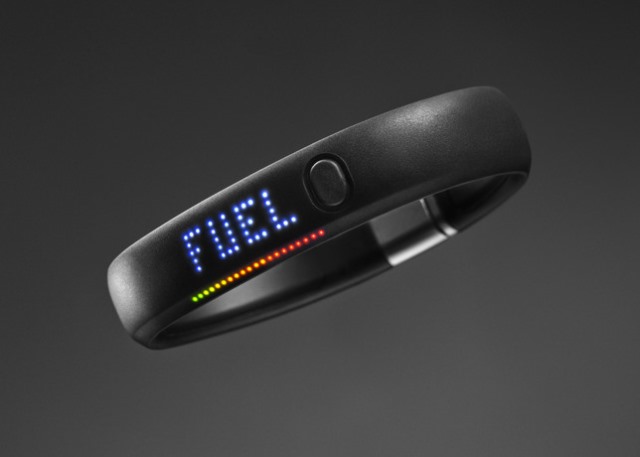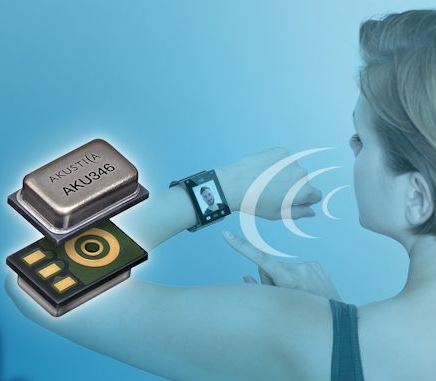
Since CES in January, if not before, it’s been clear that the next new thing for the tech industry is wearables. In brief, I would define a wearable as an intelligent electronic device that is typically context-aware and that is easily worn by a human or animal (like a pet) to provide information to device's user or designated administrator (such as a physician) in a way that benefits or entertains the wearer.
We are now at the stage in which visionaries, developers, and the marketplace are defining what forms and functionalities wearables will have. Some of the earliest devices have been aimed at providing fitness information, such as the Nike+ FuelBand. The Nike+ FuelBand SE tracks all-day movement using what the company calls NikeFuel technology — a blend of motions sensing, GPS, and software algorithms — to measure movement for all kinds of activities. It connects to a smartphone using Bluetooth to display performance statistics, which can then be shared with others.

While this device may prove to only be the tip of the wearable iceberg, it does underscore some important characteristics of the general kinds of functionality that wearables must have. Number one is sensors; the key value of a wearable is to be able to gather environmental or other measurements continuously or continually without the need for direct user input. Number two is easy interconnectivity, typically in the form of a wireless link. Third is innate computational capability for both control and number crunching. Fourth is a means for users to communicate with the wearable.
In the case of the Nike+ Fuelband, the fourth function is provided by a pushbutton on the band, and through the Bluetooth link to the smartphone. But I would speculate that a more elegant means of communication that successful wearables will integrate is voice command and control. We have already seen the kind of reception that Siri (and her sister, Samantha) have had, and wearables must include the key sensor needed for such capability — the microphone — for many other functions anyway.
The first microphones designed with wearables in mind were unveiled by Bosch subsidiary Akustica (www.akustica.com) in March, when the company added four new high-performance analog microphones to its High-Definition (HD) voice product line. To meet the size-performance constraints of even the smallest wearables, the new HD voice microphones combine small footprint, tight sensitivity matching, high signal-to-noise ratio (SNR), and super-wideband frequency response to improve intelligibility and speech-recognition accuracy in consumer electronics.

Innovations in design and manufacturing guaranteed that a ±1-dB sensitivity match between microphones is inherent. This uniformity, along with high SNR, is critical for wearable-device manufacturers who want to use multiple microphones in their devices to optimize noise cancellation as well as speech recognition accuracy. And when a speaker is at arm’s length from a wearable in a noisy environment, testing has shown that even a small improvement in SNR (1 to 2 dB) can lead to dramatic improvements in command accuracy rates (>5%).
One of the new microphone series’ members, the AKU346, is said to be the smallest MEMS microphone with high SNR: 64 dB. With a footprint of just 6 mm2 and an ultra-thin 0.93-mm height, the microphone uses 33% less design space than a typical industry-standard bottom-port microphone. But still it achieves a 64-dB SNR — making it particularly well suited for use in small wearable accessories such as wireless headsets, smart watches, and intelligent spectacles (or iGlasses?) such as Google Glass. Further, the AKU346 and the three other new microphones in the series can also support ultrasonic applications such as gesture recognition, gaming, pens, and location detection.
With all the new capabilities that sensors can bring to wearables, I wouldn’t be surprised if, in five years, the average individual sported more sensors than the car he or she was driving.
Advertisement
Learn more about Akustica





